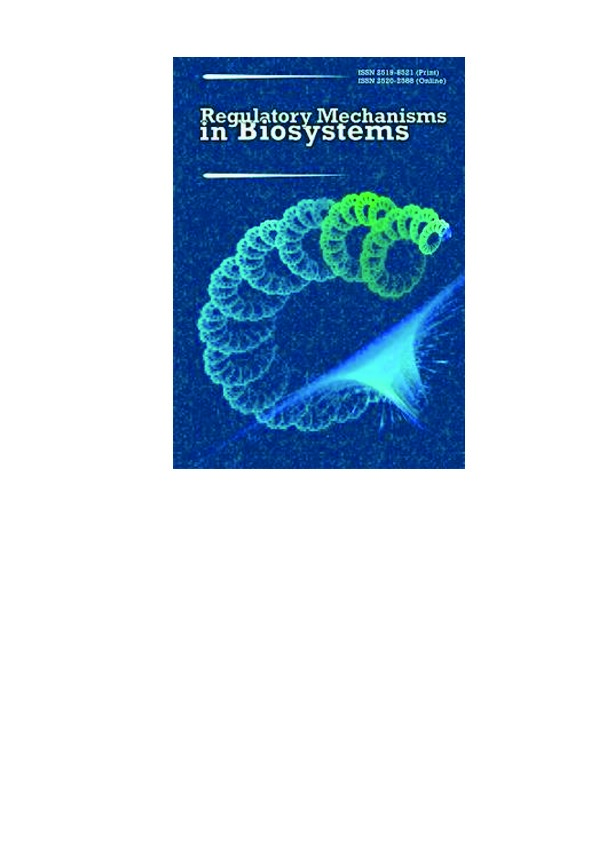id: 38816
Title: Effect of Ascochyta rabiei on symbiotic efficiency and productivity of Cicer arietinum
Authors: Okrushko S.E., Verheles P.N., Aralova T.S.
Keywords: ascochyta blight; chickpea; symbiosis; pathogenic impact; yield loss.
Date of publication: 2025-04-23 10:01:10
Last changes: 2025-04-23 10:01:10
Year of publication: 2025
Summary: The pathological process reduces the intensity of metabolic processes in plants but also negatively affects the symbiotic activity of legumes. Ascochyta blight is the most common disease of chickpeas in Ukraine. The study aimed to determine the influence of Ascochyta rabiei (Pass.) on the dynamics of the number and weight of nodules on the root system of chickpeas during the growing season and on the formation of grain yield. Pathogenic microflora had a significant impact on the development and activity of the chickpea symbiotic apparatus. Diseased plants had a smaller number and mass of nodules. A comparative analysis of the results of our experiment showed that plants of the YeS Alunt variety formed a more significant number and weight of nodules. We found that the number and weight of nodules on chickpeas on both experimental varieties were lower: YeS Alunt and Odysei were the lowest, with a strong degree of ascochyta blight damage of 3 points. In the flowering phase (BBCH 60–70), the number of nodules was 86% and 89%, respectively, for the varieties to the control variant. The analysis of the dynamics of the mass of active nodules on chickpea plants showed that in diseased plants this indicator was behind the control by 25% in the budding phase (BBCH 51–59) and by 40% in the flowering phase (BBCH 60–70) in the YeS Alunt variety; by 38% and 28% in the Odysei variety. On average, over the two years of research, the yield was 2.25 t/ha in the YeS Alunt variety and 2.21 t/ha in the Odysei variety. In accordance with the pattern of influence on the symbiotic apparatus, grain yield had a parallel dependence on the degree of ascochyta blight infection of chickpea plants. Chickpea plants with a weak degree of ascochyta blight at harvest showed a decrease in yield by 5.3% (YeS Alunt) and 7.2% (Odysei). The average degree of ascochyta blight damage to chickpea plants led to a shortfall in yield, respectively, by 12.0% and 11.3%. The YeS Alunt variety, in the variant with the most intense damage, showed a decrease in yield by 19.1%, and the Odysei variety by 18.1%.
URI: http://socrates.vsau.edu.ua/repository/getfile.php/38816.pdf
Publication type: Статті Scopus/Web of Science
Publication: Regulatory Mechanisms in Biosystems. 2025. Vol. 33, Issue 1. № e25001. URL: https://medicine.dp.ua/index.php/med/article/view/1161/1105 DOI: 10.15421/0225001
In the collections :
Published by: Адміністратор
File : 38816.pdf Size : 650602 byte Format : Adobe PDF Access : For all

| |
|
|